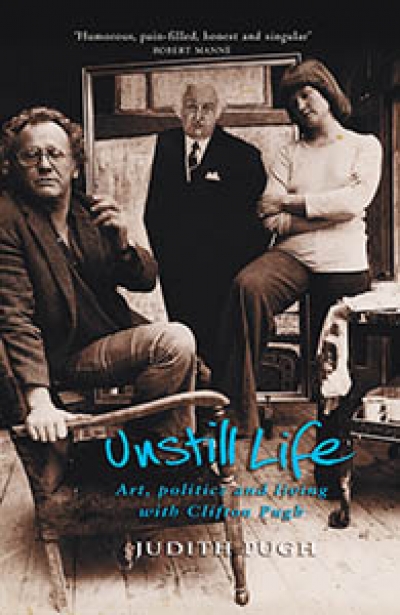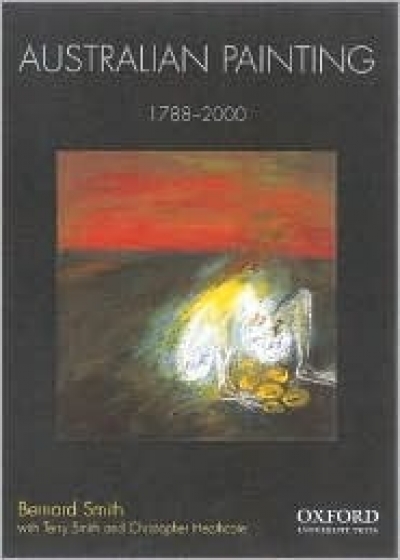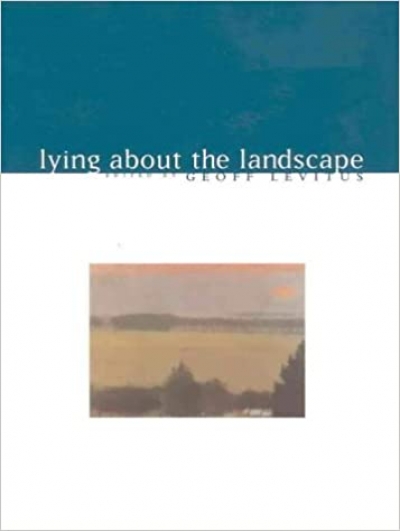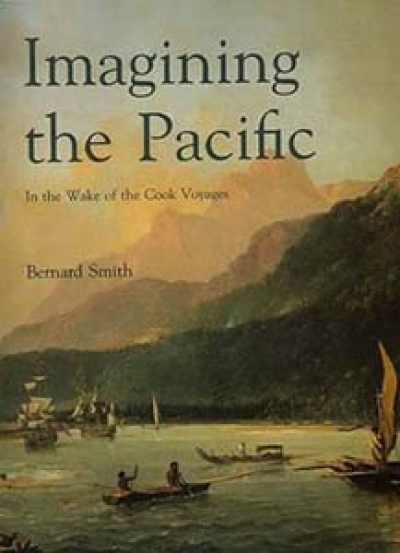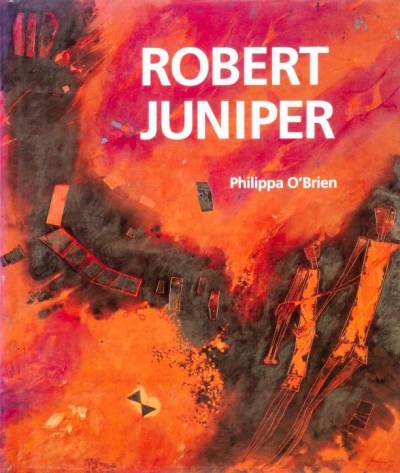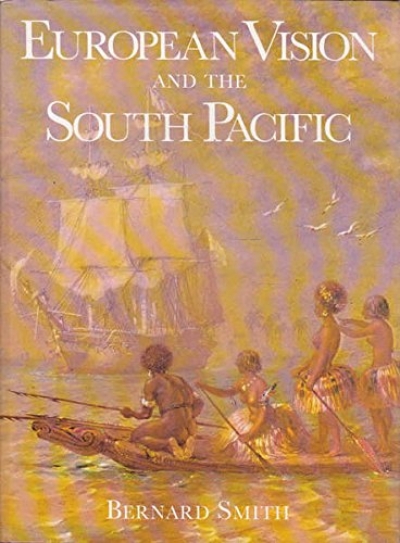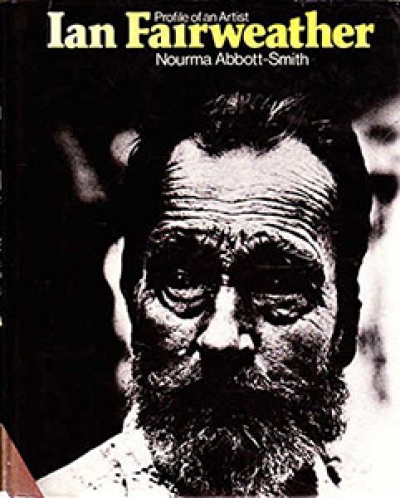Art History
Unstill Life by Judith Pugh & Self-Portrait of the Artist’s Wife by Irena Sibley
by Vivien Gaston •
Australian Painting 1788–2000 by Bernard Smith, with Terry Smith and Christopher Heathcote
by Daniel Thomas •
Imagining the Pacific: In the wake of the Cook voyages by Bernard Smith
by Jonathan Holmes •
Robert Juniper by Philippa O'Brien & Salvatore Zofrea by Ted Snell
by Traudi Allen •
Ian Fairweather by Nourma Abbott-Smith & Conversations with Australian Artists by Geoffrey de Groen
by Gary Catalano •

